Sain uu! As you know, we’ve been talking about the Mongolian language (as well as other languages spoken in Mongolia) for the last few weeks. This week, we’re going to look at the alphabet and writing systems in place in this country, and for that, we need a history lesson.
In the mid-12th century, near the Khentii Mountains of north central Asia, a boy was born clutching a blood clot in his fist–a symbol of a great destiny. His parents named him Temujin, meaning “blacksmith”, and the rest you can read about in The Secret History of the Mongols, which highlights the rise of Temujin–better known as Genghis Khan in the West and Chinggis Khaan in Mongolia–and the greatness of the Mongolian Empire.
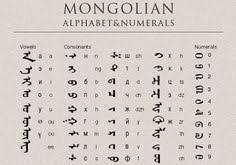
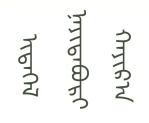
“Where does The Secret History of the Mongols come from?” I hear you asking. Well, let’s just say that Temujin/Chinggis Khaan had a number of progressive ideas that he championed in his day, but the one we’re most concerned with in this post is his support of literacy. He himself is often believed to have been illiterate, but he saw the value in preserving language and commissioned an adaptation of the Uygher script as a result of that conviction. The traditional Mongolian script is written vertically, top to bottom, and left to right. It is one of the few “true” alphabets with symbols that represent every vowel and consonant in the language.
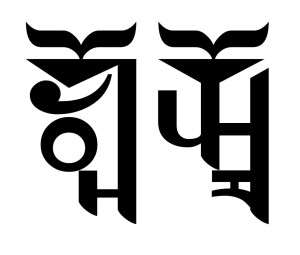
This system of writing has continued in Mongolia since the early 13th century and can be seen on official documents, in art, on tugrik banknotes, and so on. However, it is not the only system of writing that Mongolia has used over the years. In the 1600s, Zanabazar (the first Buddhist spiritual leader of Mongolia) created the Soyombo script. This was not widely adopted because it was more complicated to write, but it was used to translate Tibetan and Sanskrit religious texts and was employed predominantly by Zanabazar and his followers. Other uses of this script were typically ceremonial and decorative. The Soyombo symbol is still used on the Mongolian flag.
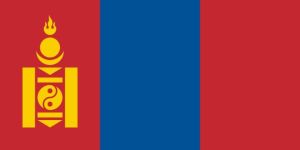
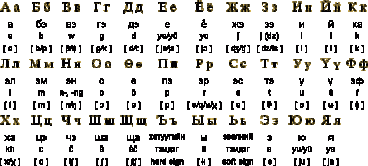
Fast forward a few more centuries to the early 1900s, where Mongolia joined the USSR to become the first satellite nation of the growing soviet power. You can probably see where this is going. Enter the Cyrillic alphabet! For the most part, Mongolian employs the same alphabet as Russian with a few additional symbols. Like the traditional vertical script, the use of Cyrillic aligns pretty directly to the phonemic elements of the language. Unlike in English, where the characters used can represent a variety of different sounds for the same letters (example: the “g” in guitar is different from that in giraffe), when you look at a letter in Mongolian Cyrillic, there’s no guesswork in how it should be pronounced. It also means that there are more characters to memorize, but I think the payoff is worth it. Fun fact: Cyrillic has a cursive version, which I haven’t even begun to decipher because you wind up with words like this:
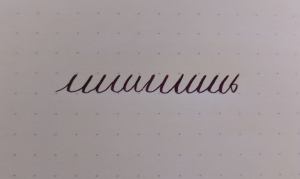
I KNOW. (This is where I cry.)
Today, the Cyrillic alphabet is the predominant one in use. Online, you are more likely to see the Latin alphabet used to transliterate Mongolian (ex: Bi Amerik khuun vs. Би Америк хүн), but in official documents, in schools, and in literature, you will see Cyrillic print. Since its transition from socialism to democracy in the early 1990s, Mongolia has been actively working to reclaim elements of its cultural heritage. Part of this effort has focused on revitalizing the use of the traditional Mongolian script (the one started during the time of the Mongolian Empire). Students must take Mongolian language arts classes where they learn the traditional script. In addition, the Mongolian government has a goal to use both the Cyrillic and the traditional scripts on all official documents by the year 2025.
What thoughts, questions, or additional comments would you like to make about writing in Mongolia? I’d love to hear them!

[…] I’ve mentioned this symbol in previous posts, particularly in the posts about Zanabazar and Mongolian writing systems, although I didn’t break down the symbolism there. And now I’m going to do the lazy […]